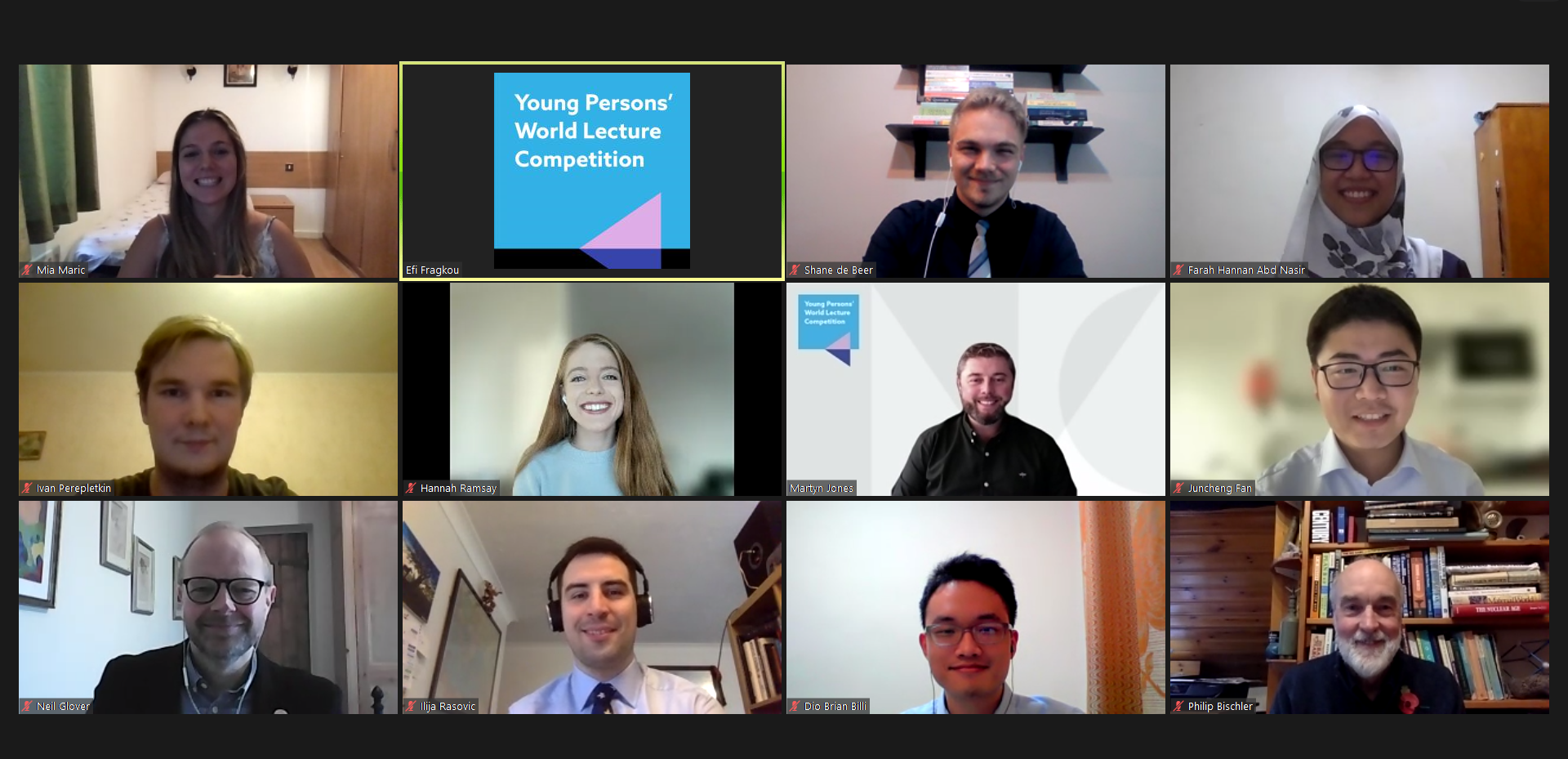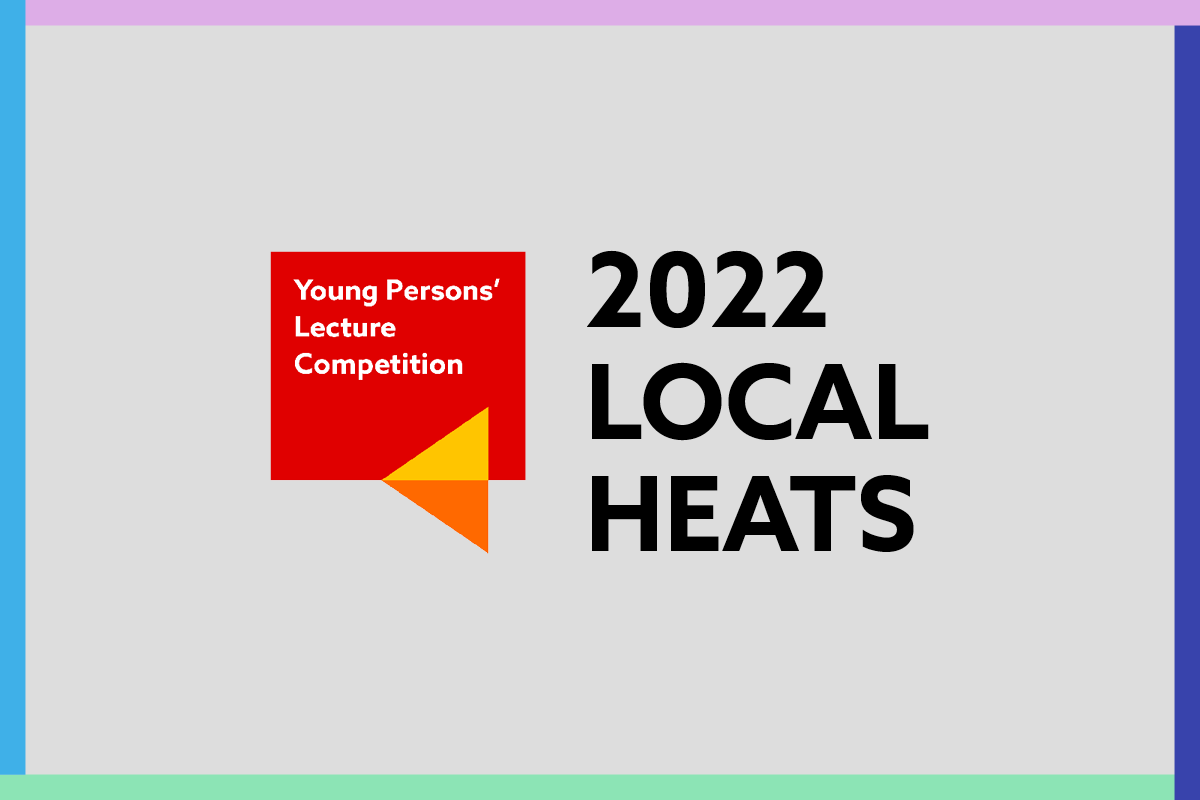Q&A with 2021 YPWLC winner
Q&A with Hannah Ramsay, 2021 YPWLC winner.

Fresh from winning the 2021 Young Persons' World Lecture Competition final, Hannah took a moment to chat to us about her experience.
How does it feel to be the 2021 YPWLC winner?
I am still in shock- everyone did such an amazing job at the YPWLC and I could not have been more impressed with my competition. It was great to hear from and learn from young scientists around the world, who are just as passionate about materials research as I am!
What made you enter the competition?
When I found out that my University was hosting the YPLC Canada, I saw it as such an excellent opportunity to be able to practice my scientific communication skills, share my materials research, and meet other student researchers in similar fields. I was not disappointed, and the competition was everything I expected and more! I would encourage anyone interested to check it out and consider participating!
What was it like to compete online?
Though I have to admit that I had my fingers crossed that the competition could be in person this year, it will still so rewarding to present and hear from the other participants on Zoom. Everyone was so engaged in all of the presentations, and the judges and audience asked some really insightful questions that helped me reflect on my research.
Tell us about your career path so far.
I originally started studying at Queen’s University to become a science teacher, and absolutely fell in love with research and medicine along the way. After my undergrad, I was accepted to the MD/PhD program at Queen’s, where I am currently training to become a clinician-scientist. My research is in physical and materials chemistry, where I synthesize and study nanosized materials, called silver nanoclusters, and assess their applications towards imaging and therapy. I find it rewarding to be involved in materials research that can be applied clinically, to solve a wide range of different medical problems.
What led you to this kind of research.
I started studying metal nanoclusters in my undergraduate degree and was originally researching how they could be used to fabricate highly efficient solar cells. This work is still being carried out in the Stamplecoskie lab, but much of the focus has shifted towards more biologically relevant applications. It is interesting to study how one material possesses the versality to be applied to so many different technologies and settings.
Once you have competed your studies, what would you like to do as a career?
After medical school and as a physician, it is my intention to continue doing research that applies to my clinical interests. Right now, I am interested in internal medicine and radiology, but recognize that this could shift and change depending on the experiences I have in clerkship and moving forward in my training.
What’s next for you and your research?
As I finish up my second year of medical school, I am also excited to see how silver clusters continue to progress as an emerging theranostic material. These materials have moved onto trials to assess their efficacy at performing imaging and therapy in vitro, and the results that we have achieved are promising towards future studies in vivo. I have great faith in ability of the wonderful students in the Stamplecoskie lab and our collaborators to help continue to propel this work forward into important translational research.
Any advice on anyone thinking to enter their local YPLC heat?
If you are even considering participating, go for it! Win or lose, you will learn so much along the way, and it is such an excellent opportunity to practice communicating your work. Be confident, practice away, and have lots of fun!


